Scenes as Capsules of Time
We’ve been looking at scene structure for a couple of months now. My aim is to help you nail this so you’ll never write a weak scene ever again. So in this post we’re going to talk about capsules. If you wrap your mind around this concept, you’ll be way ahead of the game.
The best scenes are enclosed in capsules of time. What does that mean? That you begin your scene in a specific, clearly identified moment in time and you move forward some “screen time” minutes, then end.
Picture a movie scene. With most scenes, unless it includes a flashback or some creative device, you are watching real time action. A character gets out of his car, runs across the highway, scoops up the terrified dog, runs back to his car, throws the dog into the backseat, then gets into his seat, shuts the door, and heaves a big sigh.
That might be a complete movie scene segment. Maybe it takes thirty seconds to watch from beginning to end. If the director wanted to heighten the tension more (for a specific reason), that scene might take two minutes to watch, with viewers biting every nail to the nub in fear for that dog’s life.
How Long Should That Scene Take?
How that scene is structured and its “screen time” length is determined by a number of factors: how important that scene is, where it’s placed in the movie, what it really is meant to accomplish. For instance, it could be the key scene at the climax to test whether the main character is going to be willing to risk his life or not, or it could be close to the opening of the movie, briefly showing the character’s self-sacrificing nature or love for animals.
Can you see how the length of that scene might vary because of the scene’s placement and purpose? Keep that in mind when preparing to write or rewrite your scenes.
But the key focus in this post is about the concept of a time capsule.
Just What Is a Capsule, Anyway?
Picture a capsule. Either one of those yellowish gel things you swallow every day (mine is Omega 3 fish oil) or a space capsule orbiting the earth. What makes these capsules? They are containers, essentially. They enclose what’s within. They provide boundary.
Scenes that ramble on and on in time or float without being tethered to a set time period with a clear beginning moment and clear ending moment are not encapsulated. The best scenes are capsules of time that start in the middle of something happening, build to an important key moment at or near the end, then end.
Sure, you are going to want some scenes in your novel to break that structure. You might have a scene that requires some flashback or summary to move characters from one place to another without boring readers. You might have scenes that are just the character’s thoughts. Structure is determined a lot by genre, and literary fiction—and a lot of commercial best sellers—break this “rule” of encapsulating time.
But you’ve probably heard this before: it’s best not to break rules until you can master them.
If you’ve been reading the posts on Wednesdays on first pages, you’ve probably noticed that many of these famous authors don’t start their novels with a “capsule” of time. This is usually why: the opening pages or scene is often creatively structured to surprise, capture, stun, or otherwise snag that reader into the story. You can probably bet, though, that after that initial creative device is used, most of the scenes in those novels adhere to the capsule principle.
What’s Real Time?
I talk a lot about creating scenes that take place “in real time.” What does that mean? The sense of time passing depends on the POV character because you are in her head in your scene. This is important to remember. Time is fluid and subjective. With tense high-action scenes, an entire scene might be ten pages long and only cover one minute of “screen time.”
Get my cool FREE ebook: Manipulating the Clock—How Fiction Writers Can Tweak the Perception of Time. A special gift for subscribing to my newsletter–not available for sale anywhere online. Click here to get your free ebook!
Go back to that scene I concocted about the man rescuing the dog. To that character, it may seem as if hours are passing as he watches the dog huddling by the freeway divider and the cars are zooming by. It may seem as if it takes him ten minutes to get to the dog. And if that is what you want your character to be feeling, you need to write the scene in a way that conveys that sense of time dragging slowly.
While the character feels time is dragging, the reader does not. The tension is high, the stakes are high, and the pages are flying by.
Conversely, scenes drag if you have twenty pages and cover weeks of time in summary. You may think, as the author, that the pacing is moving fast because time is moving fast, but the opposite is true.
As soon as you slip into explanation and summary, telling instead of showing, your pacing slows to a crawl. Readers have to stop every few seconds to try to picture what you are summarizing. They aren’t watching a scene in real time any longer. They are working hard to invent a visual in their head.
I read countless scenes when I critique that are just like that. They have characters doing things over many hours or days, going from one activity to another with no clear point to the scene. The author is thinking she is showing the character dealing with life in a believable way. But in most instances, scenes like this fail because there is no small capsule of time.
The Point
Picture the key point of your scene. Every scene needs a point—that one moment of reveal in which the plot gets complicated, a clue is solved or presented, a character has a revelation. First problem with most scenes is they have no point to them. They might be a capsule of time, but they’re empty.
How would you feel if you paid a lot of money for a bottle of vitamins or prescription meds, only to open the jar and realize all the gel caps were empty? You’d return the bottle and demand your money back. That’s how I feel when I read a scene all the way through and find nothing there. Honestly, that’s how your readers feel too.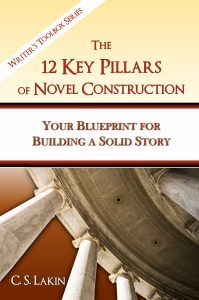
That capsule of time is all about your key moment. I talked about this in some earlier posts. Many posts. This is my thing: building to that high moment in every scene. If one or more of your scenes doesn’t have a point, a high moment, either toss it or find one for it that works.
Chances are, if you are seeing a lot of your scenes lacking key moments or points to them, you haven’t taken the needed time to learn novel structure. For scenes are the building blocks for your overall novel structure, and to build great scenes, you have to know where you are going with your story.
Most of the problem I see when critiquing novels is this lack of understanding novel structure. That’s why I wrote The 12 Key Pillars of Novel Construction. If you get only one writing craft book to help you learn how to write a novel, get this one. It will take you through step by step how to construct a solid story.
You can’t write great scenes unless you first have the framework for your story solid. I can’t emphasize this enough. You can’t stick windows and doors into a framework that is catawampus and falling apart. Writers who try to write purposeful, effective scenes often fail because of this lack of solid story structure.
Capsule Review
So, pay close attention to your scene capsules. Examine how and where you are starting each scene.
- Consider how it would play on a movie screen, showing moment to moment the action and dialog, building to your high moment, then ending.
- Consider how time is passing for your POV character.
- Consider where this scene is positioned in your novel.
- Consider the overall purpose of the scene—not just how it is advancing the plot but what it needs to accomplish in light of your premise and character arc.
Here’s something you can do. Pick up a novel or two that you love. Randomly turn to a scene in the book. Get out a pen and a piece of paper and jot down how the scene starts. Where is the character? What is happening in the first seconds of the scene? Now, as you read, think about how much screen time is passing. How long does it take the character to do what she does?
If she is just sitting around thinking, that still takes time. How long does it take you to think some thoughts? Jot down how much time you think is passing till you get to the climax or high moment of the scene? How much time passes until the scene ends?
Think like a movie director. Analyze what you just read and wrote. If you felt it was an effective scene, why? Did the author encapsulate the scene in a short period of time? Or not. If you felt the scene was pointless or rambled or dragged, consider whether it was set in a specific capsule of time, and if it had a key moment.
You can learn a lot by examining other writers’ scenes this way. You can see how great scenes are often in these small capsules of time and effectively move the plot forward. They have clear points to them, and they fit into the bigger framework of the novel.
Don’t give your reader a bottle of empty capsules. Ensure each scene you construct is chock-full and delivers what’s promised.
Thinking cinematically is a great way to make sure you are showing, not telling. And that you are crafting scenes in capsules. Want help with this? Shoot Your Novel will open your eyes to an entirely different way of constructing scenes—teaching you how to utilize camera angles and cinematic technique to craft scenes in segments to build to that high moment.
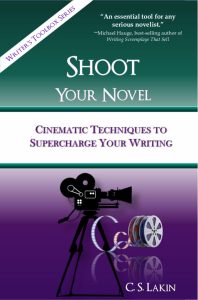 If you haven’t read this book in The Writer’s Toolbox Series, you’re missing out. This book is all about scene structure. You can get your copy here on Amazon or on any online venue (Nook, iBooks, Kobo, etc.).
If you haven’t read this book in The Writer’s Toolbox Series, you’re missing out. This book is all about scene structure. You can get your copy here on Amazon or on any online venue (Nook, iBooks, Kobo, etc.).
With Shoot Your Novel, Susanne Lakin does something wonderful and unique. While lots of us in the business of helping writers and storytellers recommend adding vivid images to scenes, Susan goes much further to reveal how employing the tools and techniques of movie directing, editing and cinematography will give your fiction deeper meaning and greater emotional impact. Her book is an essential tool for any serious novelist.
—Michael Hauge, Hollywood screenwriting coach and story consultant, author of Writing Screenplays That Sell and Selling Your Story in 60 Seconds: The Guaranteed Way to Get Your Screenplay or Novel Read
I hope this look at capsules helps you get a better understanding of scene structure.
Have you done the above “assignment”? What did you notice in a scene you read? How much screen time was covered? Was it set within a capsule framework? Did you find it effective? Did it have a clear high moment? I’d love to hear your observations.
Feature Photo Credit: Sinéad McKeown via Compfight cc




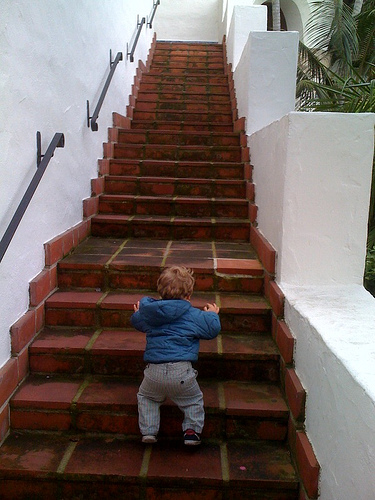

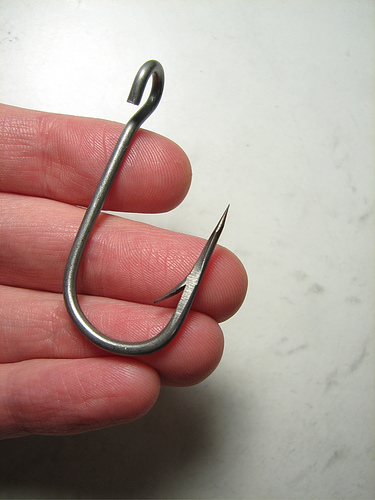
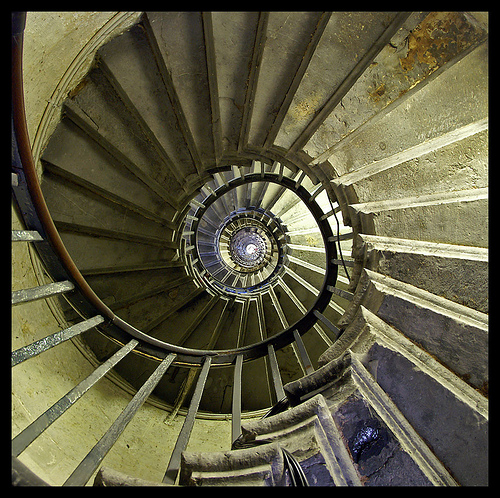




“As soon as you slip into explanation and summary, telling instead of showing, your pacing slows to a crawl. Readers have to stop every few seconds to try to picture what you are summarizing.”
Thank you for explaining this lag that occurs with summarizing. Now it makes sense why reading a passage from a literary novel or short story seems to take longer than reading a passage from a commercial novel. This is absolutely true, especially since most literary works are summary-laden while commercial fiction tends to rely on scenes. Good to know when reading or writing. Excellent series, as always.
This post is on the mark. I used to wander around in my scenes; now, working on the third in a 4-book series, my scenes are tighter, faster, and in my opinion, better.
BTW, I had an editor catch the opposite problem: I broke a scene into two when it should have been one! Oy.
Appreciate these posts!
Glad this helps hit the spot! So many scenes in novels wander around for weeks, lost!
Great post, Susanne. I particularly liked your advice to do a ‘capsule review’ for each discrete scene to make sure it achieves the optimum effect. Have shared this.
Thanks, Bridget! It all got me thinking about the eco movement in the 70s (yes, I remember the first Earth Day!) and the whole concept of spaceship Earth. We live in a kind of capsule too!